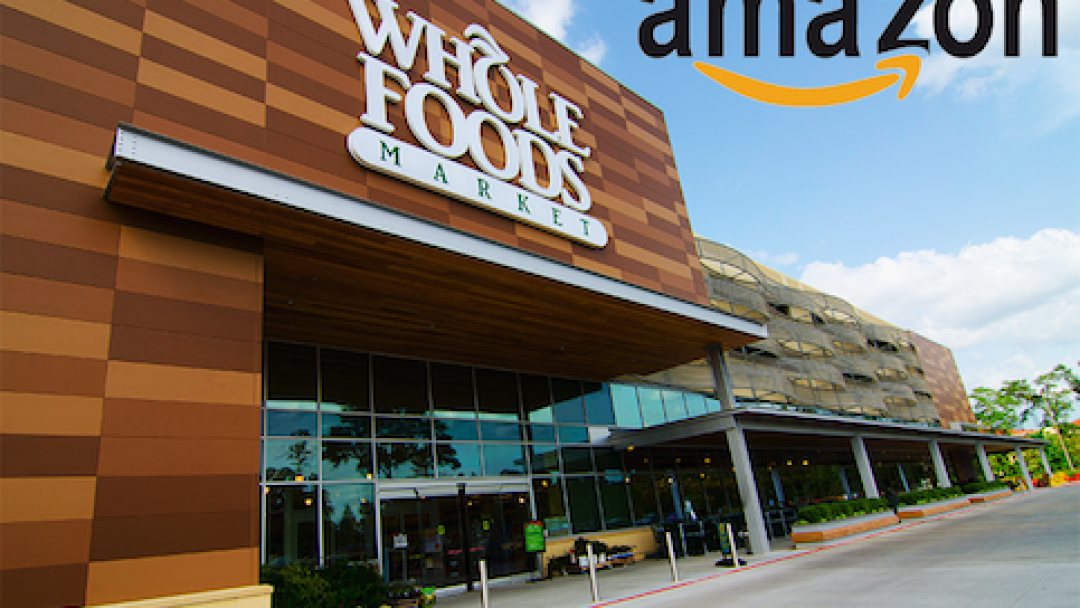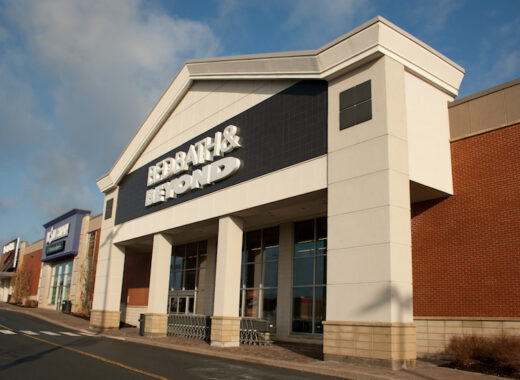On June 16, Amazon.com shook up the world and sent the Internet into a frenzy when it announced its deal to purchase Whole Foods. With the $13.7 billion deal, Amazon hopes to be able to expand upon its grocery delivery services as well as offer a groundbreaking method for consumers to purchase their groceries.
Whole Foods had been suffering as the prices for the organic and all natural food options became something of a comedy for most people. Consumers went different routes to purchase the same quality foods for less expensive prices. Amazon.com hopes to reverse this trend and compete with other major grocery and retail chains such as Target, Walmart, and Costco among others. Because Amazon.com operates on a rather radical model whereby they don’t make any profit, the cost of groceries through Whole Foods is expected to drop exponentially. This has started to cause major concerns for the competing businesses.
What does this really mean for consumers? Amazon.com is now entering into the market offering not only grocery delivery services which promise the same quality of food purchases a consumer can find at their local store, but also access to bulk items for the everyday household which all have the potential to be delivered within one day through the Amazon Prime service. This deal has the potential to offer the healthier more natural options provided at a cheaper price for consumers and a more convenient method of purchasing these goods.
However, there are other industry experts out there who do not agree with the merger as it could potentially prove to be a threat for consumers. With this acquisition, Amazon has the opportunity to monopolize the industry and therefore, dictate higher prices for goods and provide less options.
No matter what, Whole Foods and Amazon have continued forward with the merger and both businesses have agreed that the standards which Whole Foods notoriously implemented will be maintained and in fact, they will be an integral part of the future of the grocery industry.








